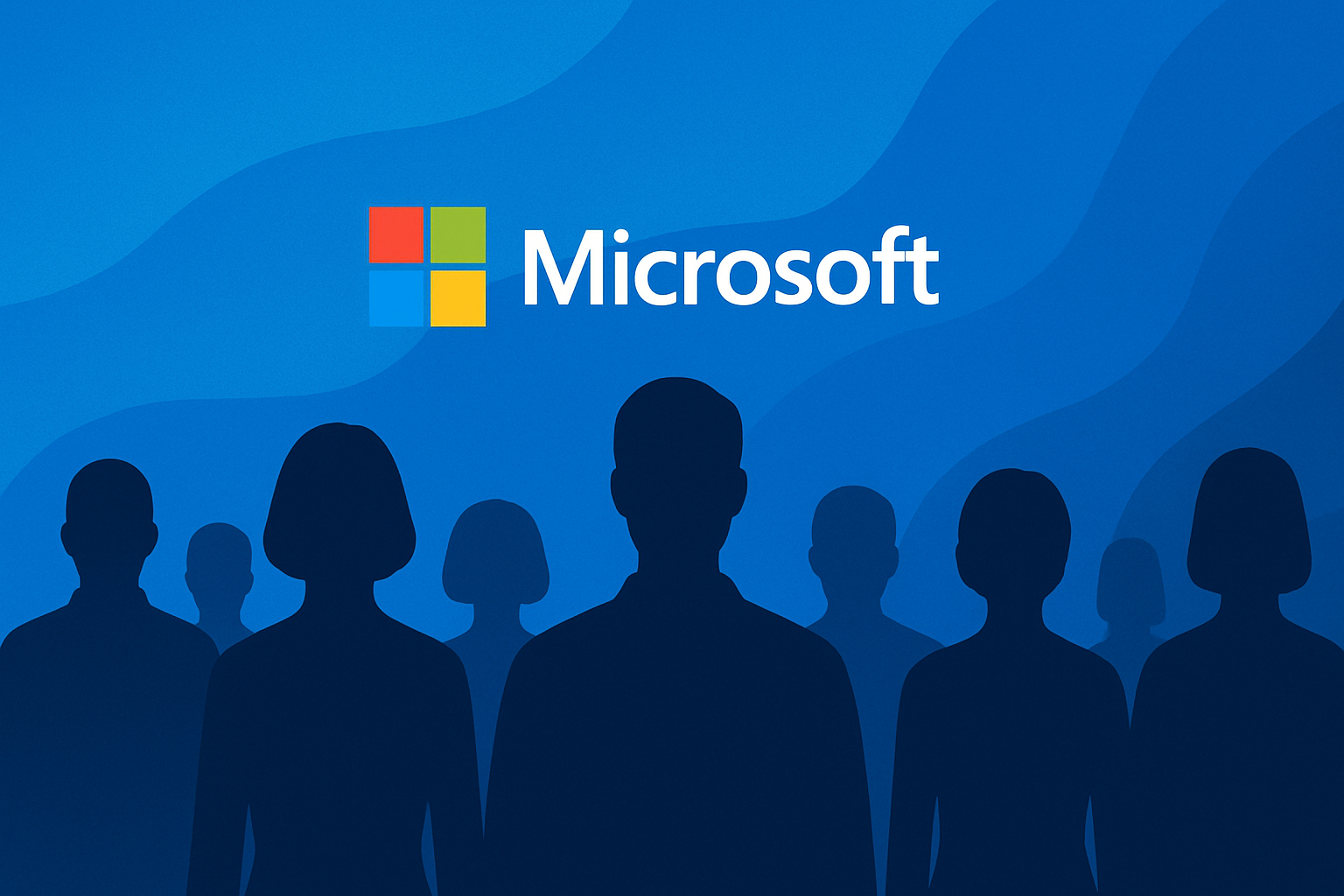Microsoft has laid off approximately 15,000 employees in 2025, even as the company ramps up its investments in artificial intelligence and cloud infrastructure. The job cuts, representing about 4% of its global workforce, come despite strong financial performance and continued growth in its AI offerings.
The layoffs occurred in two phases—around 6,000 in May and a further 9,000 in July—affecting roles across engineering, support, and management functions. At the same time, Microsoft has committed to spending up to $80 billion this year on AI-related infrastructure and data centres.
Cost Savings and Strategic Focus
According to internal reports, Microsoft has saved over $500 million in the past year by integrating AI tools into customer support and internal operations. AI systems are now reported to generate up to 30% of code in certain engineering projects and are being deployed in sales, documentation, and other workflows.
Chief Executive Satya Nadella described the layoffs as part of a broader “realignment,” calling it “the enigma of success”—a situation where the company is financially strong yet continues to restructure.
Industry-Wide Shift
Microsoft is not alone in this approach. Other major technology companies, including Meta, Amazon, and Google, have also reduced headcount while investing heavily in AI and automation.
Analysts note that the shift reflects a long-term transition in the tech sector. As AI technologies become more capable and cost-effective, companies are re-evaluating their human capital strategies.
However, the trend has sparked debate. Critics have questioned the ethics of large-scale layoffs during periods of high profitability, particularly when spending on AI infrastructure reaches unprecedented levels.
Outlook
For now, investors appear confident. Microsoft’s share price has remained strong, and demand for AI services continues to rise globally. Still, observers suggest the company—and the industry at large—will need to carefully manage the human impact of its automation strategies to avoid damaging its reputation or long-term capacity for innovation.
While the full implications of these decisions remain to be seen, Microsoft’s latest restructuring signals a pivotal moment: not just for the company, but for the future balance between human and machine in the workplace.


